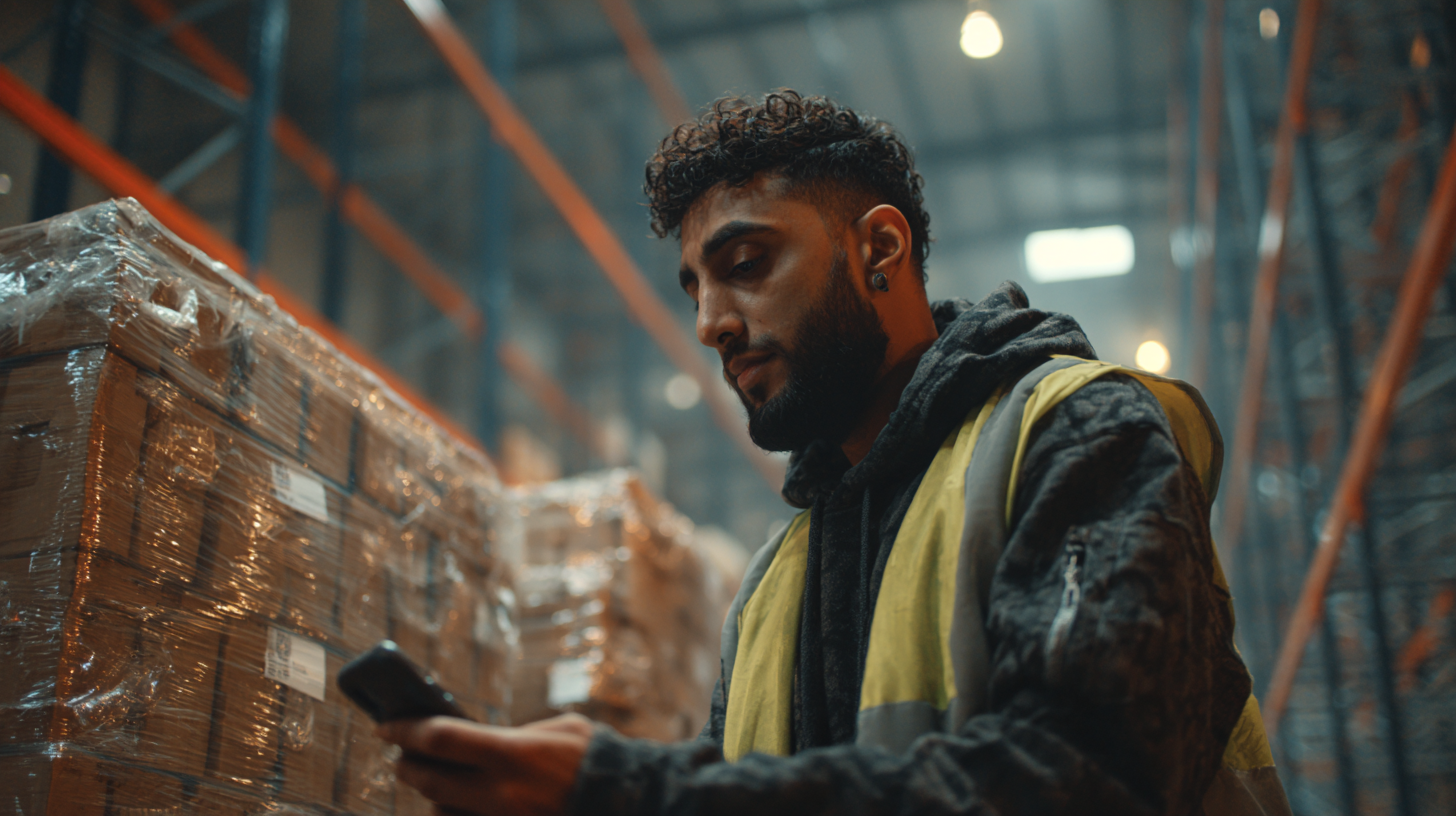When items arrive damaged or packaging is missing, the cost of uncertainty is high. Warehouse image capture brings visual evidence into the task flow, so every receipt, move or exception is backed by a timestamped photo, linked to the exact task, user and location. No more hunting through phones or email. No more “who took that picture?”… just clear, auditable proof.
Capture images and notes the moment work happens on receipt, putaway, pick and dispatch. Files are time-stamped and tied to the exact task, storage unit or order, so there’s no hunting for evidence later. Customers typically see dispute resolution times drop by 30–50% once proof is captured at source.
From scan to snapshot in two taps. The HHD flow guides operatives step by step, with support for up to 10 images per task (configurable) and automatic upload over secure connections. Teams get it straight away, so adoption is fast and training time stays low.
Need to show what arrived and how it was stored? Generate a putaway note or receipt report with embedded images and key metadata (sku, lot, quantity, user, time). Export as a file to send to customers, or provide a shareable link with controlled access.
Create a clear, consistent record for quality checks and claims. Evidence is centralised with retention rules, user permissions and full traceability. During audits, you can surface supporting images and notes in seconds, helping you pass with confidence and minimise write-offs (10–20% reduction).
This feature supports multiple roles across the operation, giving each team exactly what they need to work faster, with fewer errors and less friction.

Daily tasks are faster and simpler, reducing errors and guiding operatives step by step. The HHD workflow keeps everything in one flow (scan, check, capture) so operatives don’t juggle apps or clipboards.

See which receipts have attachments, review damages at a glance, and produce customer-ready reports in seconds. Exceptions are easier to manage when the proof is already there.

With reliable evidence built into the process, you reduce risk, protect margin, and strengthen customer trust. Clear trend data across sites supports continuous improvement and commercial negotiations.
Clarus integrates image capture directly into task flows goods-in, put-away, picking and dispatch. On handhelds, the component requests camera access; on desktop, it supports file upload. Each image is linked to the underlying task entity (e.g., receipt line or pick) using a task ID and metadata such as user, timestamp and location. Where a task is created implicitly (e.g., quick exceptions), Clarus stages the image locally and finalises the upload as the task completes, ensuring the evidence is attached to the correct record without user friction.
Behind the scenes, an API-driven sync posts attachments to the WMS core and updates the attachment count in real time. The UI exposes a modal viewer with carousel for rapid review, optional film-strip thumbnails, dot indicators and a secure download action for sharing with customers or suppliers. Delete and replace actions keep the record clean. Light validation helps prevent duplicates and ensures required photos are captured for certain conditions (e.g., damaged, missing packaging). The result: dependable goods-in photo proof and consistent damage reporting in WMS with minimal training.
1. How does image capture fit into daily warehouse tasks?
Clarus weaves photos into existing tasks so operatives don’t break stride. During receipt, putaway, picking or dispatch, they open the task and capture images (labels, pallet faces, damage areas) then confirm. The system links those images to the correct reference automatically. Managers can view attachments from the receipt or task screens, browse with a carousel, and download images for claims or customer emails. It’s designed to be quick, obvious and reliable, without creating new steps or side processes.
2. Will this slow down goods-in during busy periods?
No.. speed is the point. The capture component loads quickly, remembers existing attachments, and keeps the interaction to a few clear taps. On handhelds, the camera opens directly; on desktop, users can upload files if a camera isn’t available. By capturing proof of receipt photos at the point of work, you avoid long investigations later and keep the bay moving. In most operations, a few seconds per pallet pays back minutes (or hours) when disputes arise.
3. Can we use the images for carrier or supplier claims?
Yes. That’s one of the main benefits. Images provide the WMS damage evidence carriers and suppliers expect: close-ups of affected areas, label shots for identification, and wider context frames showing the pallet on arrival. Because photos are stored against the relevant task or receipt, your team can retrieve and share them in moments. Many customers also include them in putaway notes or outbound reports to prevent disagreements further downstream.
4. What about storage, retention and access control?
Images are stored with the same governance as other operational attachments. You define retention periods and access permissions by role, ensuring sensitive information stays in the right hands. Exports are traceable, with downloads available for audited communication to customers. If your organisation needs specific retention rules, we can support policy configuration to match them.
5. Can the system capture other file types, like PDFs?
Today, the focus is streamlined warehouse image capture for speed on the floor. The current UI prioritises photos because they’re the fastest way to record condition and context. We do support attachments from desktop upload, and multi-type capture (e.g., PDFs) is on the roadmap alongside UI enhancements like thumbnail film strips and duplicate deletion. If you already have a requirement, tell us and we’ll align your rollout plan accordingly.
6. How do customers see the images?
You decide. Managers can download selected photos and share them in a customer email, or include them automatically in documents such as putaway notes or shipment confirmations. The goal is transparency: give customers immediate proof of receipt photos when something looks off, and a clean record when everything is fine. It’s a simple way to reduce back-and-forth and show you’re in control.